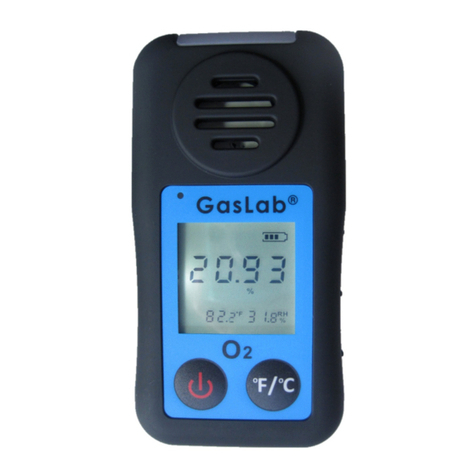Co2meter SAN-10 User manual
Other Co2meter Measuring Instrument manuals

Co2meter
Co2meter Aranet4 PRO User manual
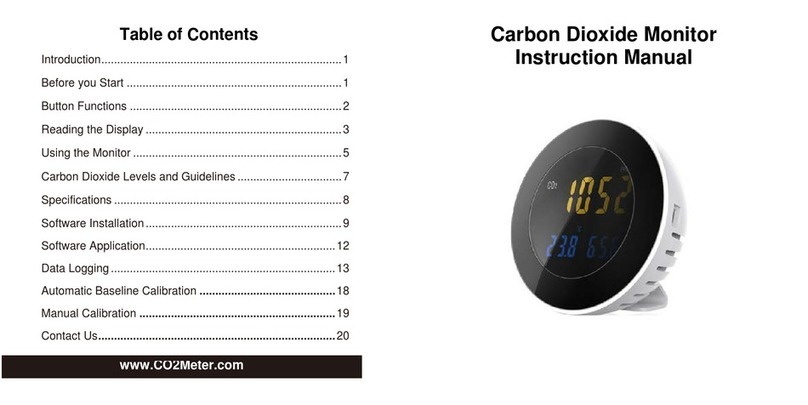
Co2meter
Co2meter XT-10 User manual
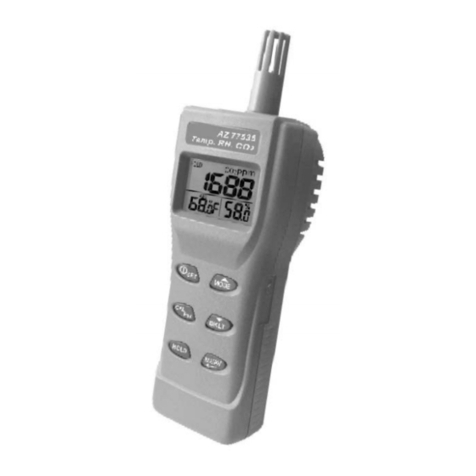
Co2meter
Co2meter AZ-0002 User manual
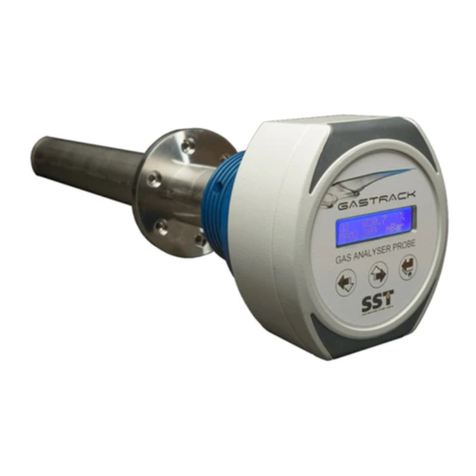
Co2meter
Co2meter Gastrack GAP-100 User manual
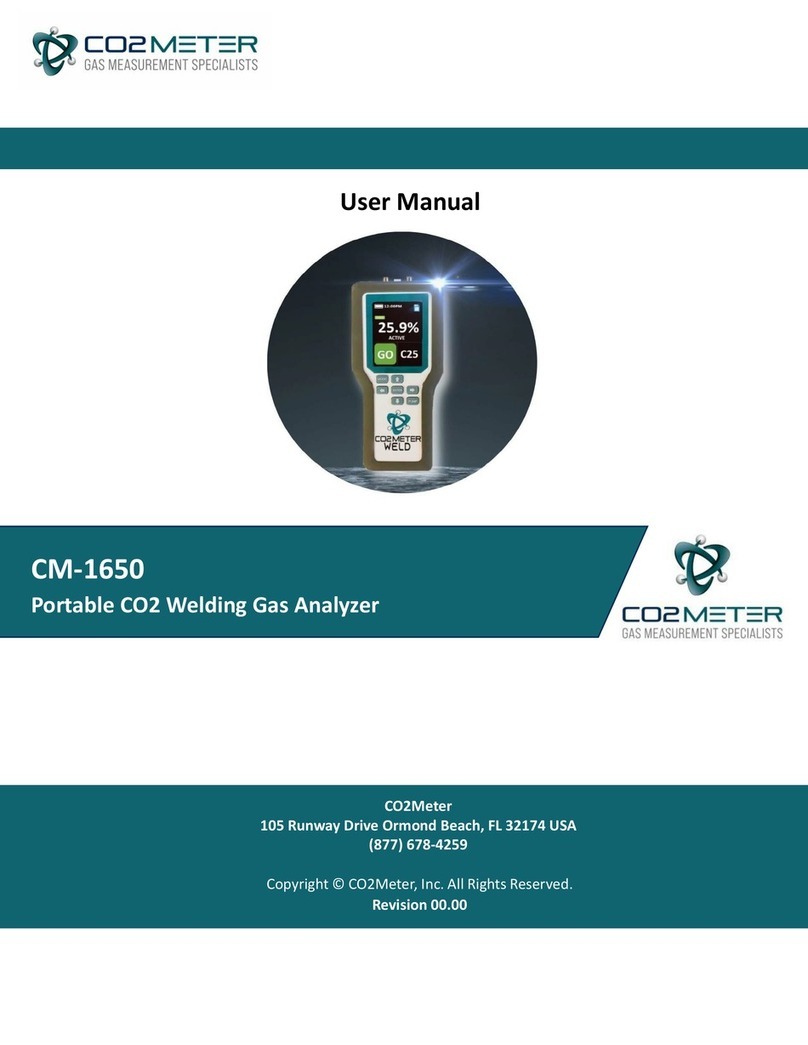
Co2meter
Co2meter CM-1650 User manual

Co2meter
Co2meter SAN-0001 User manual
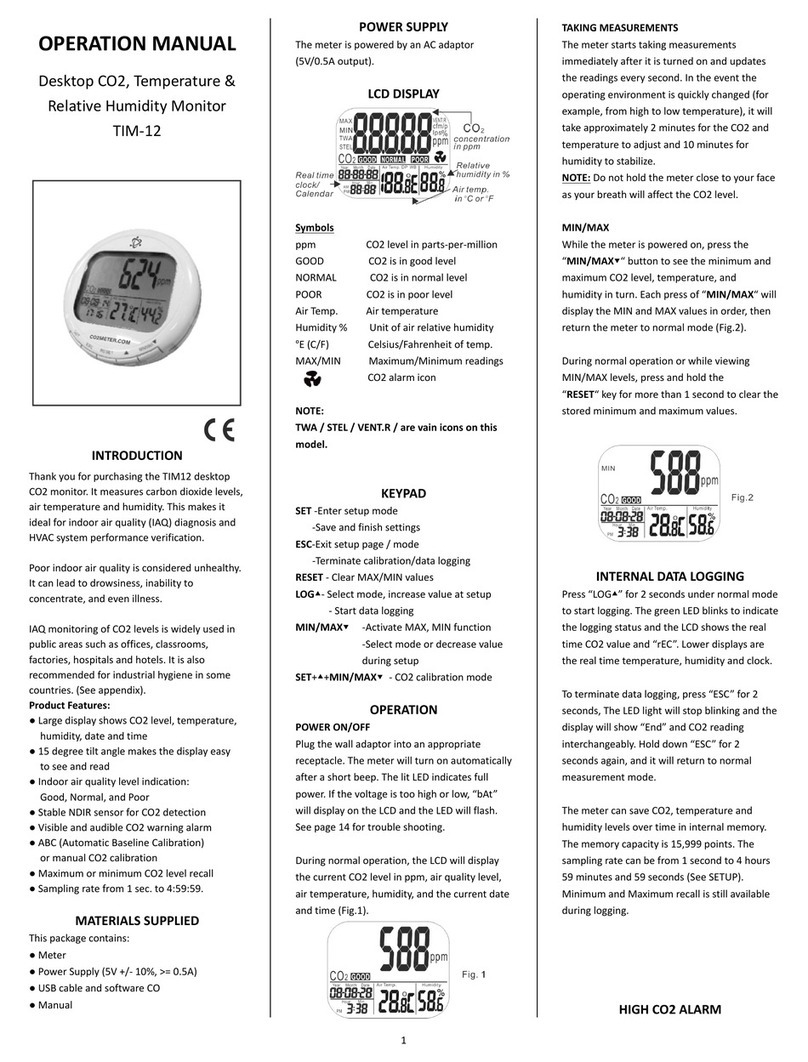
Co2meter
Co2meter TIM-12 User manual
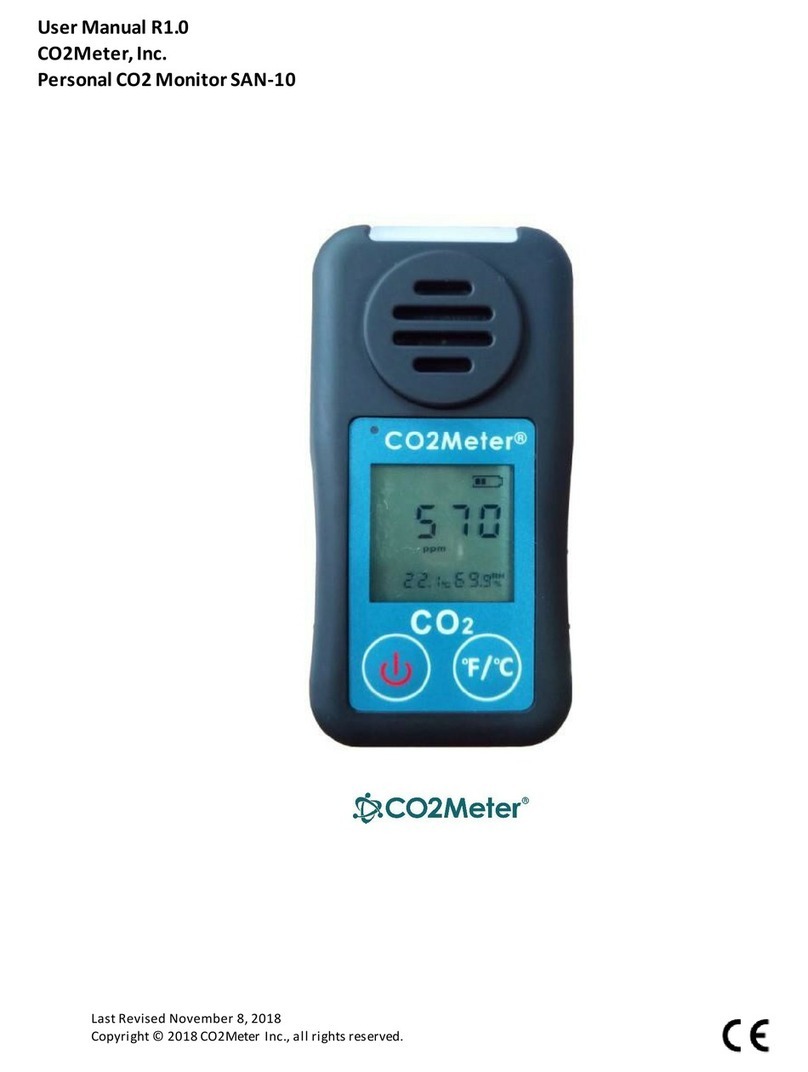
Co2meter
Co2meter SAN-10 User manual
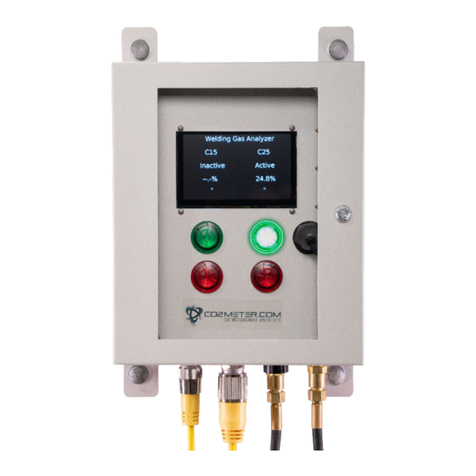
Co2meter
Co2meter CM-650 User manual
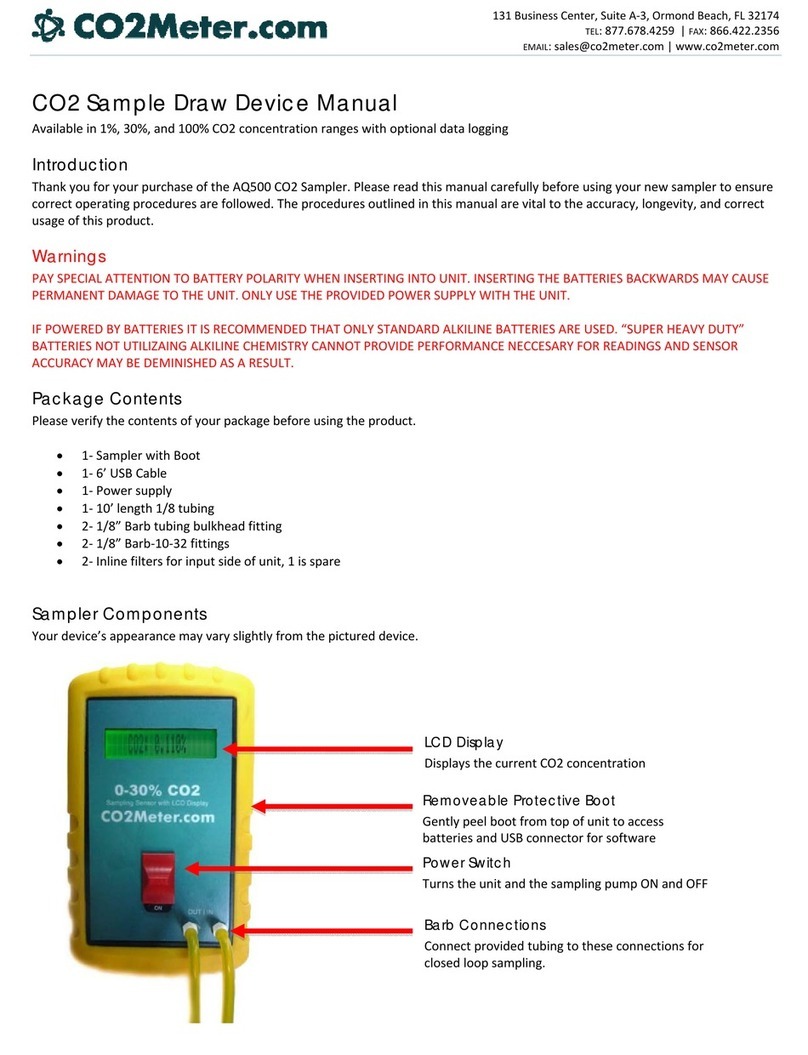
Co2meter
Co2meter AQ500 User manual

Co2meter
Co2meter RAD-0002 User manual

Co2meter
Co2meter CM-1650 User manual

Co2meter
Co2meter eSENSE Outdoor SE-0036 User manual
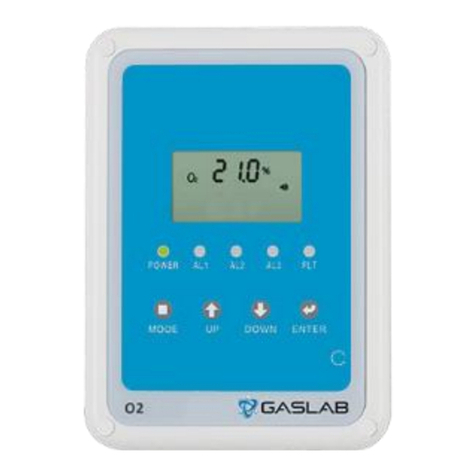
Co2meter
Co2meter RAD-0002-ZR User manual
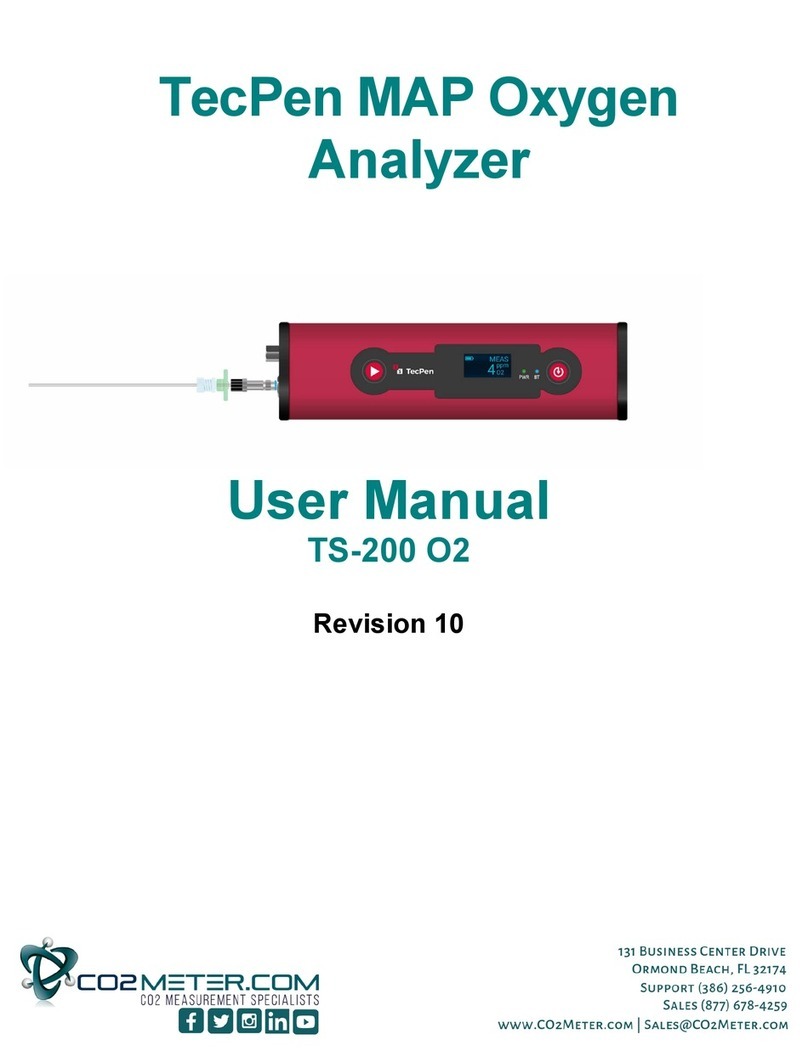
Co2meter
Co2meter TecPen MAP TS-200 O2 User manual

Co2meter
Co2meter 77597 User manual

Co2meter
Co2meter AZ 77535 User manual
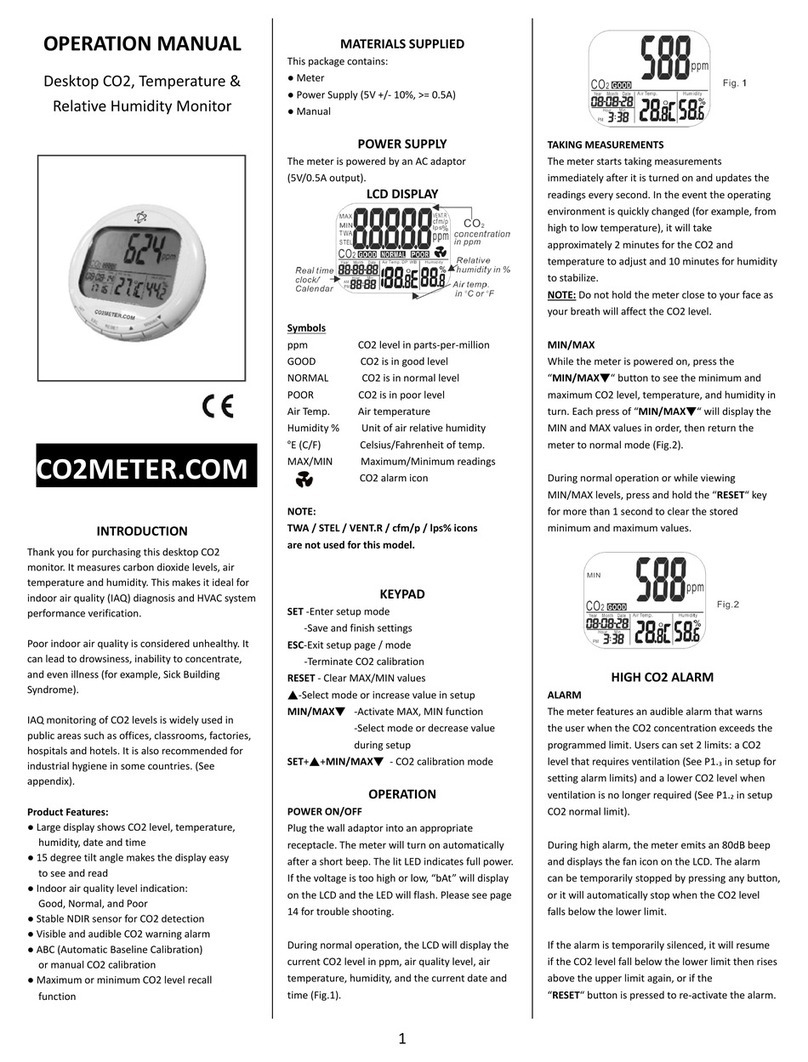
Co2meter
Co2meter AZ-0004 User manual

Co2meter
Co2meter 7755 User manual

Co2meter
Co2meter CM-1650 User manual
Popular Measuring Instrument manuals by other brands

Powerfix Profi
Powerfix Profi 278296 Operation and safety notes

Test Equipment Depot
Test Equipment Depot GVT-427B user manual

Fieldpiece
Fieldpiece ACH Operator's manual

FLYSURFER
FLYSURFER VIRON3 user manual

GMW
GMW TG uni 1 operating manual

Downeaster
Downeaster Wind & Weather Medallion Series instruction manual

Hanna Instruments
Hanna Instruments HI96725C instruction manual

Nokeval
Nokeval KMR260 quick guide

HOKUYO AUTOMATIC
HOKUYO AUTOMATIC UBG-05LN instruction manual

Fluke
Fluke 96000 Series Operator's manual

Test Products International
Test Products International SP565 user manual

General Sleep
General Sleep Zmachine Insight+ DT-200 Service manual

